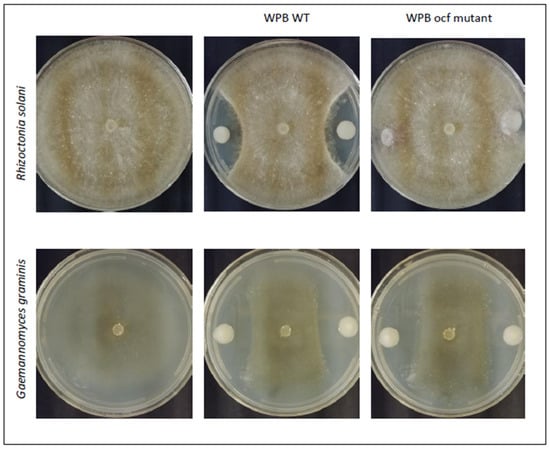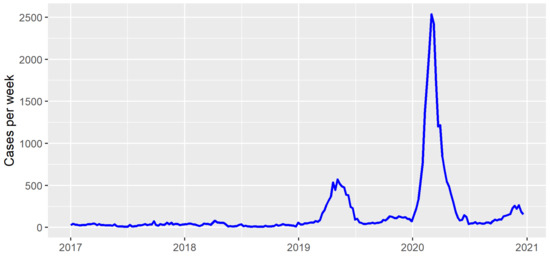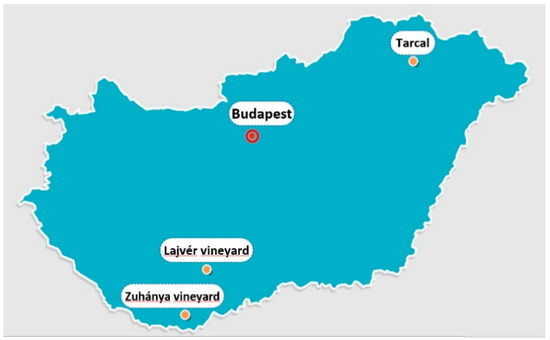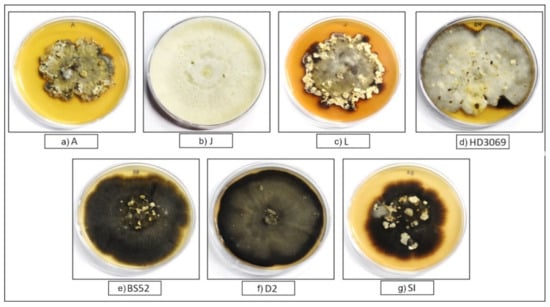Blackleg (Phoma) disease, caused by the ascomycete fungi
Plenodomus biglobosus and
P. lingam, threatens oilseed rape (OSR;
Brassica napus) crops internationally. In many parts of the world, both species co-occur, but in China only
P. biglobosus has so far been reported.
[...] Read more.
Blackleg (Phoma) disease, caused by the ascomycete fungi
Plenodomus biglobosus and
P. lingam, threatens oilseed rape (OSR;
Brassica napus) crops internationally. In many parts of the world, both species co-occur, but in China only
P. biglobosus has so far been reported.
Plenodomus biglobosus reproduces asexually (pycnidiospores), but also sexually (pseudothecia-yielding ascospores), via a heterothallic mating system requiring
MAT1-1 and
MAT1-2 genotypes. However, the roles of airborne ascospore inoculum in driving blackleg disease outbreaks in China are less well understood compared to elsewhere in the world. This is despite the very different agronomic cropping practices in parts of China, in which paddy rice and OSR are often grown in rotation; OSR stubble is often submerged under water for long periods potentially affecting pseudothecial development. Here, we indirectly investigate the potential role of sexual reproduction by developing new polymerase chain reaction (PCR) -based mating-type diagnostics for
P. biglobosus and subsequently screening an international collection of 59 European and 157 Chinese isolates. Overall, in both Europe and China,
P. biglobosus mating types did not deviate from a 1:1 ratio, such as is generally thought to occur under frequency-dependent selection in sexually reproducing pathogen populations. Both mating types were balanced in all the individual European countries tested (Austria, France, Poland, UK). Conversely, in China, mating types were only balanced in the eastern region; in the northern and southwestern regions there were skewed ratios, more typical of predominantly asexual reproduction, towards
MAT1-1 and
MAT1-2, respectively. The implications of these findings and future research directions for improved understanding of
P. biglobosus epidemiology on OSR, particularly in China, are considered.
Full article











